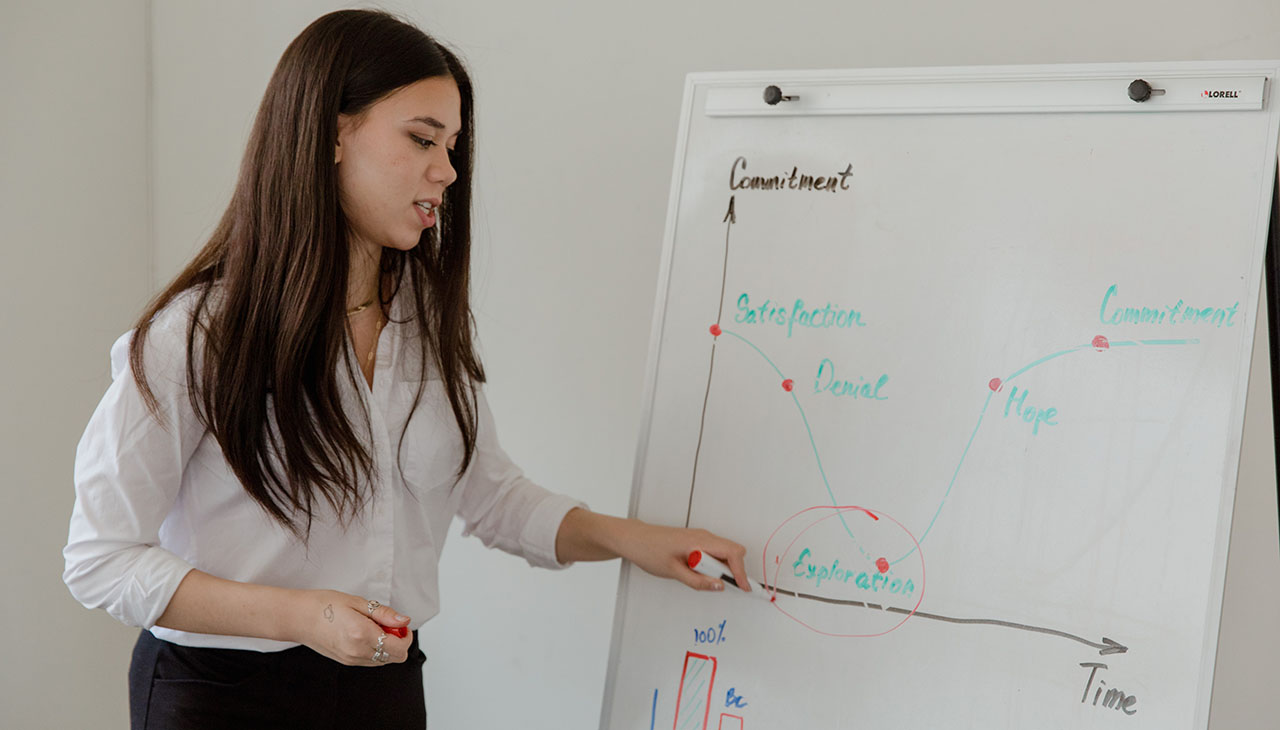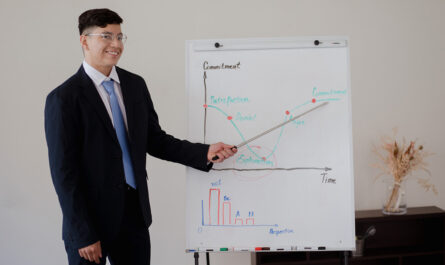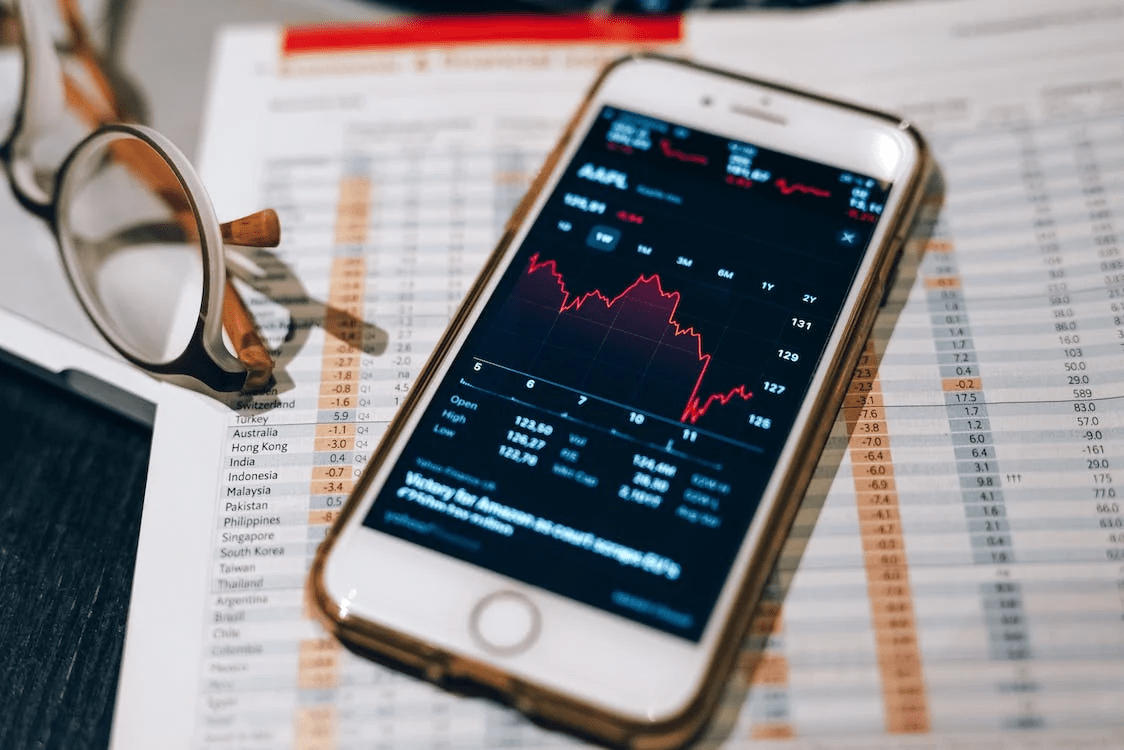Forex trading can be a lucrative and exciting endeavor, but navigating the complexities of the market can be challenging for beginners. However, with the right strategies and techniques, traders can progress from novice to expert and maximize their profits. In this guide, we’ll explore some winning strategies for Forex trading and provide tips for progressing from beginner to pro. From fundamental and technical analysis to risk management and psychology, we’ll cover all the essential elements of a comprehensive Forex trading strategy. Whether you’re just starting or looking to take your trading to the next level, this guide will help you build the skills and expertise you need to succeed in the dynamic world of Forex trading.
Setting Up Your Trading Environment
Setting up your trading environment is an essential first step in Forex trading. Here are some key considerations to keep in mind:
- Selecting a broker: Choose a reputable and reliable Forex broker that is regulated by a recognized authority. Look at factors such as fees, customer support, trading platforms, and available currency pairs to help inform your decision.
- Choosing a trading platform: Forex trading platforms come in many different varieties, so choose one that suits your needs and preferences. Some popular platforms include MetaTrader 4 and 5, cTrader, and NinjaTrader.
- Understanding market hours and session overlaps: Forex markets operate 24 hours a day, five days a week, so it’s important to understand the different trading sessions and when they overlap. This can help you identify potential trading opportunities and avoid low liquidity periods.
- Setting up account and risk management: Once you’ve selected your broker and platform, set up your trading account and implement appropriate risk management techniques, such as position sizing, stop loss orders, and take profit orders.
- Testing your trading strategy: Before risking real money in the market, test your trading strategy using a Forex demo account. This will allow you to practice your strategy in a risk-free environment and make adjustments as needed.
By taking these steps to set up your trading environment, you can help maximize the effectiveness of your trading strategy and increase your chances of success in Forex trading.
Fundamental Analysis
Fundamental analysis is an essential component of Forex trading that involves evaluating economic, financial, and other qualitative factors that may impact a currency’s value. Here are some key aspects to consider when conducting a fundamental analysis:
- Economic indicators: Look at key economic indicators such as gross domestic product (GDP), inflation rates, interest rates, and employment figures to identify trends and potential trading opportunities.
- News events: Pay attention to news events such as monetary policy announcements, political developments, and natural disasters that may impact currency values.
- Central bank policy: Monitor the policies and actions of central banks, as they can have a significant impact on currency values through decisions such as interest rate changes and quantitative easing programs.
- Geopolitical factors: Consider geopolitical factors such as trade agreements, sanctions, and military conflicts that may disrupt global economic activity and impact currency values.
- Market sentiment: Pay attention to market sentiment and the actions of other traders, as this can provide insights into potential shifts in currency values.
By analyzing these and other fundamental factors, Forex traders can gain a deeper understanding of the market and make more informed trading decisions. However, it’s important to remember that fundamental analysis is just one aspect of a comprehensive trading strategy and should be used in conjunction with technical analysis and risk management techniques. Additionally, traders should always be prepared to adjust their strategy based on changing market conditions and new information.
Technical Analysis
Technical analysis is an essential tool for Forex traders that involves evaluating historical price patterns and other quantitative data to identify potential trading opportunities. Here are some key aspects to consider when conducting technical analysis:
- Charts: Use charts to track the price movements of currency pairs over time, allowing you to identify trends, support, resistance levels, and potential trading ranges.
- Technical indicators: Utilize technical indicators such as moving averages, relative strength index (RSI), and stochastic oscillators to help identify momentum, overbought or oversold conditions, and potential entry and exit points for trades.
- Candlestick patterns: Pay attention to candlestick patterns, such as doji, harami, and engulfing patterns, to identify potential reversals or continuation of trends.
- Chart patterns: Identify chart patterns such as head and shoulders, triangles, and flags to help identify potential breakouts or breakdowns in price.
- Multiple time frame analysis: Evaluate charts using multiple time frames to gain a more comprehensive understanding of trends and potential trading opportunities.
By incorporating technical analysis into their trading strategy, Forex traders can gain valuable insights into market trends and potential trading opportunities. However, it’s important to remember that technical analysis should be used in conjunction with fundamental analysis and risk management techniques, and traders should always be prepared to adjust their strategy based on changing market conditions and new information.
Risk Management
Risk management is a critical aspect of Forex trading that involves identifying potential risks and implementing strategies to minimize losses. Here are some key risk management techniques to consider:
- Position sizing: Determine the appropriate position size for each trade based on your account size, risk tolerance, and trading strategy.
- Stop loss orders: Use stop loss orders to limit potential losses by automatically closing out a position if the price reaches a predetermined level.
- Take profit orders: Set take profit orders to lock in profits by automatically closing out a position once the price reaches a predetermined level.
- Diversification: Spread your risk across multiple currency pairs and other financial instruments to reduce the impact of any single loss.
- Risk-to-reward ratio: Assess the potential risk and reward for each trade and aim to maintain a positive risk-to-reward ratio, such as 1:2 or higher.
By incorporating these risk management techniques into their trading strategy, Forex traders can help minimize potential losses and protect their trading capital. However, it’s important to remember that no strategy can eliminate all risks, and traders should always be prepared to adjust their strategy based on changing market conditions and new information.
Algorithmic Trading
Algorithmic trading is an increasingly popular technique used by Forex traders to automate their trading strategy and execute trades based on predefined rules. Here are some key aspects to consider when using algorithmic trading in Forex:
- Definition and benefits: Algorithmic trading involves using computer algorithms to automatically execute trades based on predetermined rules, allowing traders to take advantage of market opportunities without constant monitoring.
- Popular strategies: Popular algorithmic trading strategies in Forex include trend following, mean reversion, and statistical arbitrage.
- Risks and considerations: Algorithmic trading can increase efficiency and reduce the potential for human error, but can also be impacted by technical glitches, connectivity issues, and other factors that may impact execution and performance.
- Tools and platforms: Many Forex brokers and trading platforms offer tools and resources for algorithmic trading, such as APIs and programming languages like Python and MQL4.
- Testing and optimization: Before implementing an algorithmic trading strategy in the live market, it’s important to test and optimize the strategy using historical data and backtesting tools.
By incorporating algorithmic trading into their Forex strategy, traders can increase efficiency and reduce potential errors in executing trades. However, it’s important to carefully consider the risks and benefits of algorithmic trading and to thoroughly test and optimize any strategy before using it in a live trading environment. Additionally, traders should always monitor their algorithmic trading system and be prepared to adjust their strategy based on changing market conditions and new information.



